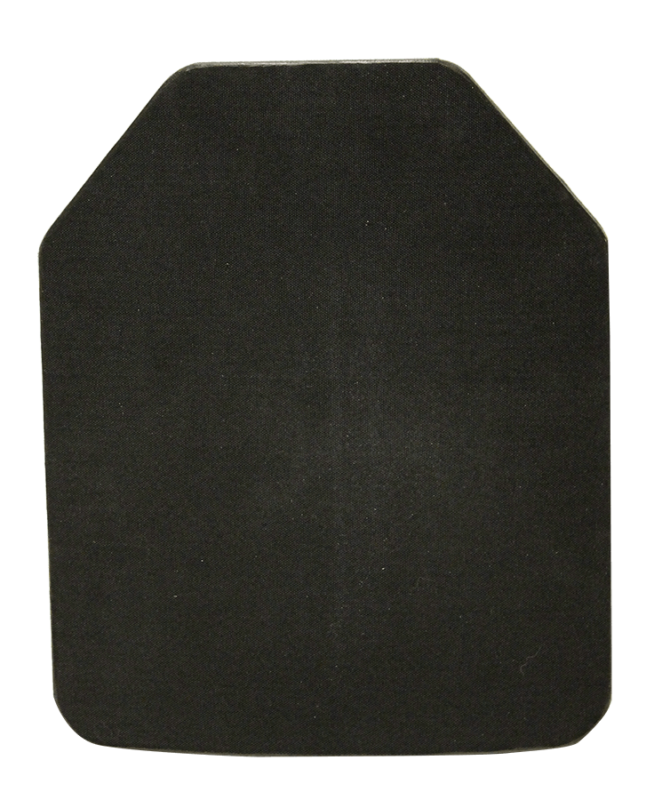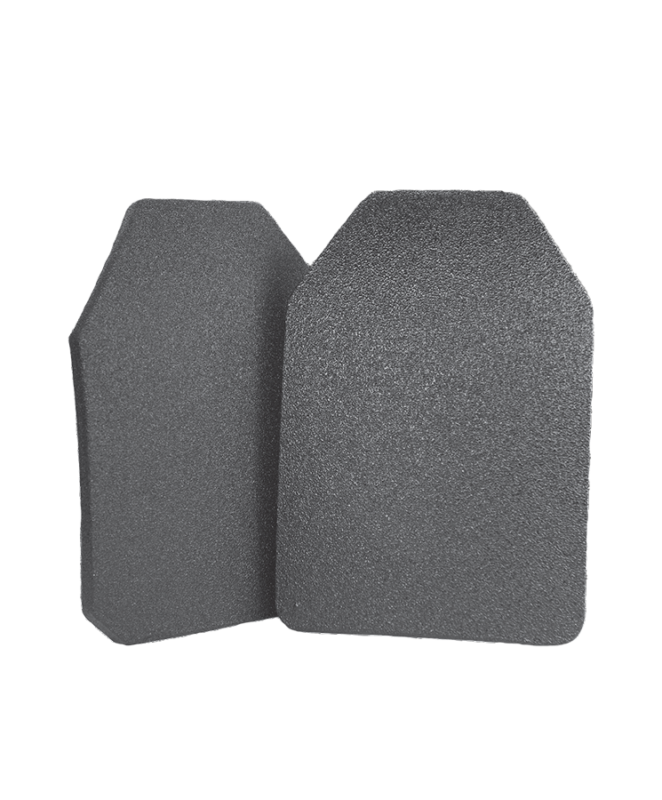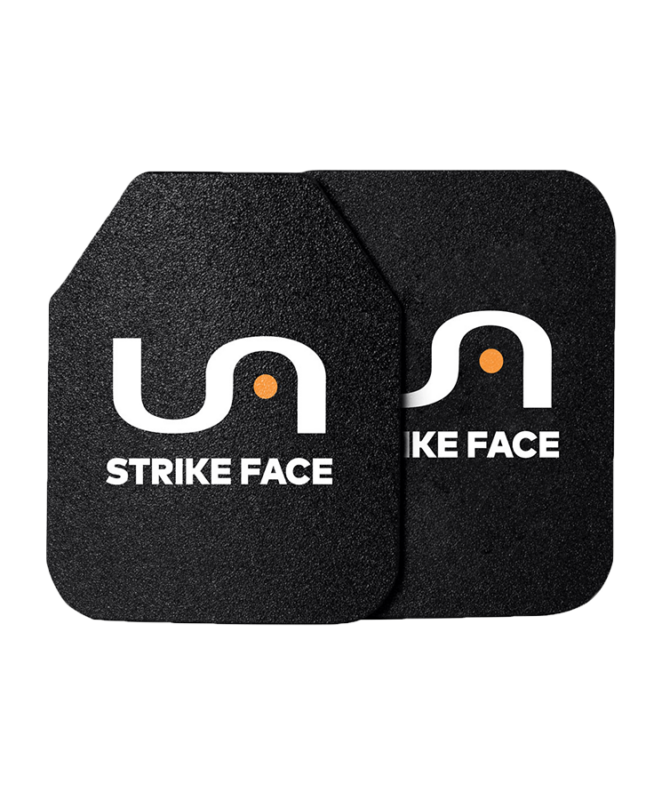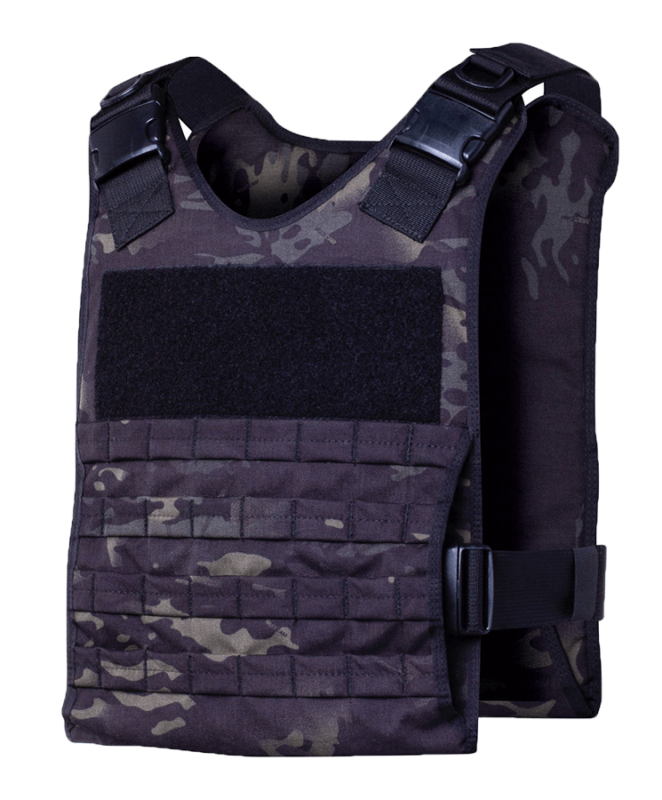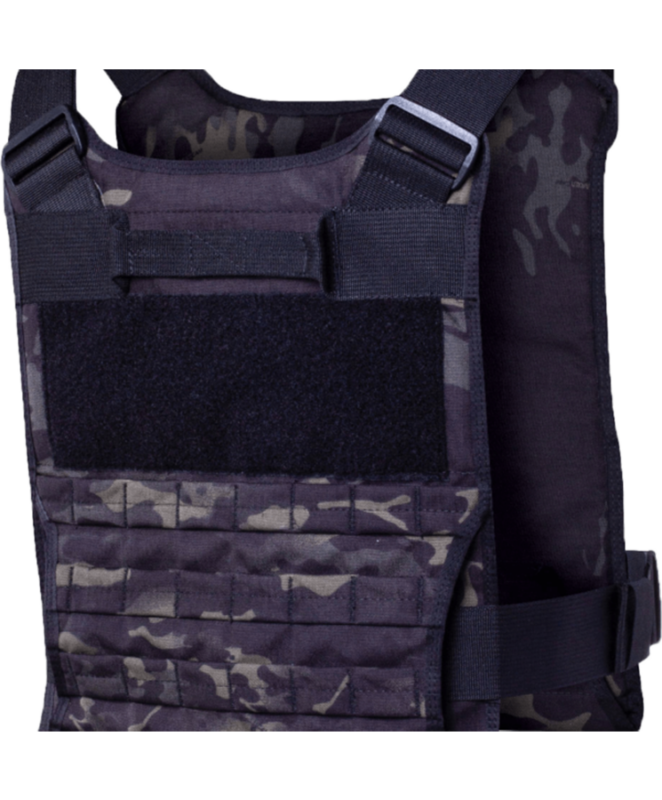Armor Plates Explained: Levels, Materials, and How to Choose the Right One
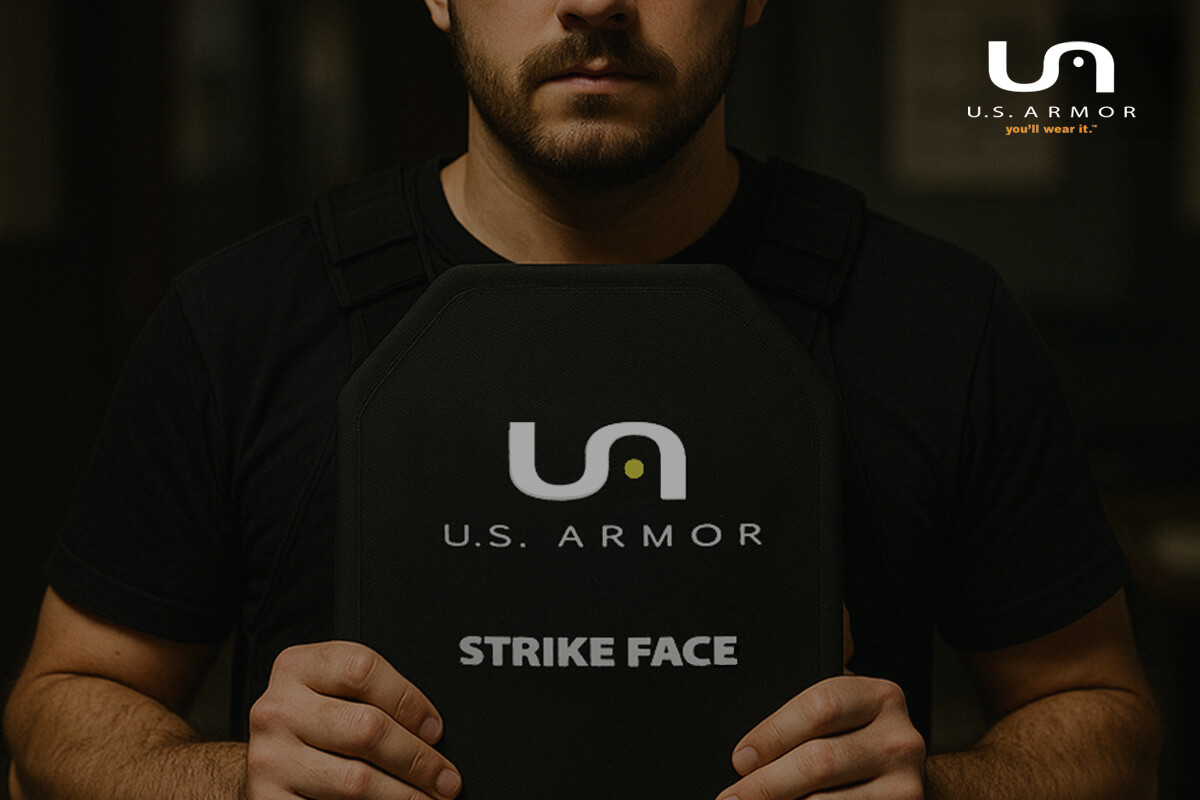
When it comes to personal protection, few topics are as vital—or as confusing—as armor plates. Whether you’re in law enforcement, military, private security, or a civilian looking for peace of mind, understanding your options is critical. With so many choices in the market and a lot of jargon thrown around (“Level IV,” “ceramic vs steel,” “NIJ certified”), it’s easy to get lost.
Understanding armor plates is crucial for selecting the right ballistic protection. For a complete overview of body armor systems, including how plates integrate with carriers and vests, see our comprehensive body armor guide.
In this guide, we’ll break down everything you need to know about armor plates: how they’re rated, the materials they’re made from, and how to select the best body armor plates for your needs. We’ll also compare ceramic vs steel armor plates, answer common questions, and point you to industry-leading solutions from U.S. Armor Corporation.
What Are Armor Plates—and Why Do They Matter?
Armor plates are rigid inserts, typically worn inside a plate carrier or tactical vest, designed to provide ballistic protection against high-velocity threats like rifle rounds. Unlike soft body armor, which is usually made from flexible fibers like Kevlar and intended to stop handgun rounds, armor plates are all about stopping rifle fire, armor-piercing ammunition, and other serious threats.
Body armor plates are a critical component for:
- Law enforcement officers operating in high-risk environments
- Military personnel in combat zones
- Security teams and first responders
- Civilians concerned about personal safety
The right armor plate can mean the difference between life and death. But with choices ranging from steel to ceramic to polyethylene, and protection levels from IIA to IV, how do you know what’s best for you?
Armor Plate Levels Explained
The most universally recognized standard for body armor plates is set by the National Institute of Justice (NIJ). These standards classify plates by the types of threats they’re tested to stop. Here’s a breakdown of the main levels you’ll encounter:
NIJ Protection Levels
- Level IIA & II:
Soft armor only. Designed to stop most handgun rounds (9mm, .40 S&W, .357 Magnum). Not suitable for rifle threats. - Level IIIA:
The highest soft armor rating, stopping .44 Magnum and submachine gun rounds. Still not rifle-rated. - Level III:
The entry point for hard armor plates. Stops standard rifle rounds like 7.62x51mm NATO (.308 Winchester) and 5.56x45mm (.223 Remington). Most commonly used by law enforcement and military. - Level III+ (Special Threat):
Not an official NIJ category, but widely used in the industry. Designed to stop higher-velocity rifle rounds and steel-core “green tip” ammunition (like 5.56mm M855). Always check for independent lab testing. - Level IV:
The highest standard recognized by the NIJ. Stops armor-piercing rifle rounds, such as .30-06 M2 AP. Level IV plates are typically ceramic or composite and are heavier and bulkier than lower levels.
Key Takeaway:
Higher levels mean more protection, but also more weight and less mobility. Most users should carefully balance protection with comfort and mission requirements.
Materials Used in Armor Plates
When shopping for the best armor plates, you’ll encounter three main materials: steel, ceramic, and polyethylene (UHMWPE). Each has its own strengths and weaknesses.
Steel Armor Plates
Pros:
- Extremely durable and long-lasting
- Lower cost compared to ceramics and UHMWPE
- Can handle multiple hits in the same area
Cons:
- Heavy—can weigh 8–10 lbs per plate, causing fatigue and limiting mobility
- Prone to spall (bullet fragments can ricochet off the plate), though anti-spall coatings help
- Less comfortable for extended wear
Best For:
Budget-conscious buyers, static defense, or situations where durability trumps weight.
Ceramic Armor Plates
Pros:
- Much lighter than steel (typically 5–7 lbs per plate)
- Superior protection against armor-piercing rounds
- Absorbs impact, reducing blunt force trauma
Cons:
- More expensive
- Can crack or degrade if dropped or mishandled
- Generally only rated for a single hit in one spot (though multi-hit ceramics exist)
Best For:
Law enforcement, military, and anyone needing rifle-rated protection with less weight.
Polyethylene (UHMWPE) Plates
Pros:
- Lightest option available (as low as 3–4 lbs per plate)
- Corrosion resistant and buoyant (floats in water)
- Multi-hit capability for non-armor-piercing threats
Cons:
- Expensive
- Bulkier than ceramic or steel
- Not as effective against high-velocity or armor-piercing rounds unless layered with ceramic
Best For:
Users prioritizing weight and comfort, such as patrol officers or those on the move for extended periods.
Hybrid Plates
Some manufacturers, including U.S. Armor, offer hybrid plates that combine materials (e.g., ceramic strike face with polyethylene backing) to optimize both weight and protection.
Ceramic vs Steel Armor Plates: Which Is Better?
This is one of the most common questions we get. Here’s a quick side-by-side comparison:
| Feature | Ceramic Plates | Steel Plates |
| Weight | Lighter (5–7 lbs) | Heavier (8–10 lbs) |
| Protection | Stops AP rounds (Level IV) | Stops most rifle rounds (Level III) |
| Multi-hit | Limited (can crack) | Excellent (multiple hits) |
| Durability | Can crack if dropped | Extremely durable |
| Price | More expensive | Less expensive |
| Spall Risk | None | Needs anti-spall coating |
| Comfort | Better for long wear | Fatiguing over time |
Bottom Line:
- Ceramic armor plates are the go-to for most law enforcement and military because of their balance of protection and weight.
- Steel armor plates are great for budget buyers or when multi-hit durability is a must, but they’re heavy.
- Polyethylene plates offer the best comfort but may not be suitable for the highest threats.
How to Choose the Best Armor Plates
Picking the right plate isn’t just about grabbing the highest level you can afford. Here’s what you should consider:
1. Assess Your Threat Level
- Law Enforcement: Patrol officers may only need Level III, while SWAT or tactical teams may require Level IV.
- Military: Typically require the highest protection (Level IV or hybrid).
- Civilians: Level III or III+ is often sufficient, unless you’re in a high-risk area.
2. Balance Weight, Comfort, and Mobility
- Heavy plates can slow you down and cause fatigue.
- Lighter plates are better for long shifts and dynamic environments.
3. Sizing and Fit
- Plates come in various sizes (8×10, 10×12, SAPI, etc.).
- Make sure your plate covers your vital organs but doesn’t restrict movement.
Check out U.S. Armor’s Plate Sizing Guide for help.
4. Budget and Longevity
- Steel is cheapest but heavy.
- Ceramic and polyethylene cost more up front but offer better comfort and advanced protection.
- Consider the replacement cycle—ceramic and polyethylene plates have a shelf life (typically 5–10 years).
5. Legal Considerations for Civilians
- In the U.S., civilians can generally own Level IV plates unless they have a felony conviction.
- Always check your state’s laws before purchasing.
Frequently Asked Questions
Can civilians own Level IV body armor plates?
Yes, in most U.S. states, civilians can own Level IV plates unless prohibited by a felony conviction. Always check your local laws.
Is there a Level V armor plate?
No, NIJ standards only go up to Level IV. Some manufacturers market “Level V” or “special threat” plates, but these are not officially recognized.
How often should armor plates be replaced?
Most ceramic and polyethylene plates have a 5–10 year lifespan. Steel plates last longer but should be replaced if they’re dented, rusted, or compromised.
What is the best material for body armor plates?
There’s no single “best”—it depends on your threat level, weight tolerance, and budget. Ceramic is usually the best all-around choice for professionals, while steel is best for budget and multi-hit needs.
U.S. Armor: Trusted Protection Since 1986
Founded in 1986, U.S. Armor Corporation has built a reputation for unmatched comfort, quality, and performance. Our armor plates are trusted by elite law enforcement, military, and security agencies worldwide. Every plate is backed by rigorous testing and a commitment to your safety.
Featured Armor Plates from U.S. Armor
- Level III Rifle Plate – Lightweight, multi-hit, and NIJ certified—ideal for patrol, tactical, or civilian use.
- Model 26605 – Level IV Rifle Plate – Maximum protection against armor-piercing rounds, trusted by military and SWAT.
- Plate Carriers – Complete your setup with comfortable, reliable carriers designed for all-day wear.
Need help choosing?
Our team is here to help you assess your needs and select the best armor plates for your mission. Contact U.S. Armor for expert advice or to request a quote.
Model 26605 – Level IV Rifle Plate
Model 3800C – Level III Rifle Plate
Model 600 Steel Rifle Plates – Level III
RPC – Rifle Plate Carrier
Conclusion
Now that you understand armor plates, protection levels, and materials, explore how they fit into complete body armor systems. Our complete body armor guide covers soft armor, plate carriers, sizing, and how to choose the right protection for your specific needs.
At U.S. Armor, we’re committed to keeping you safe—on the street, on the job, and at home. Explore our full range of body armor plates and let us help you stay protected, no matter what threats you face.
Ready to upgrade your protection?
Browse our best armor plates or reach out to our team for personalized recommendations.
